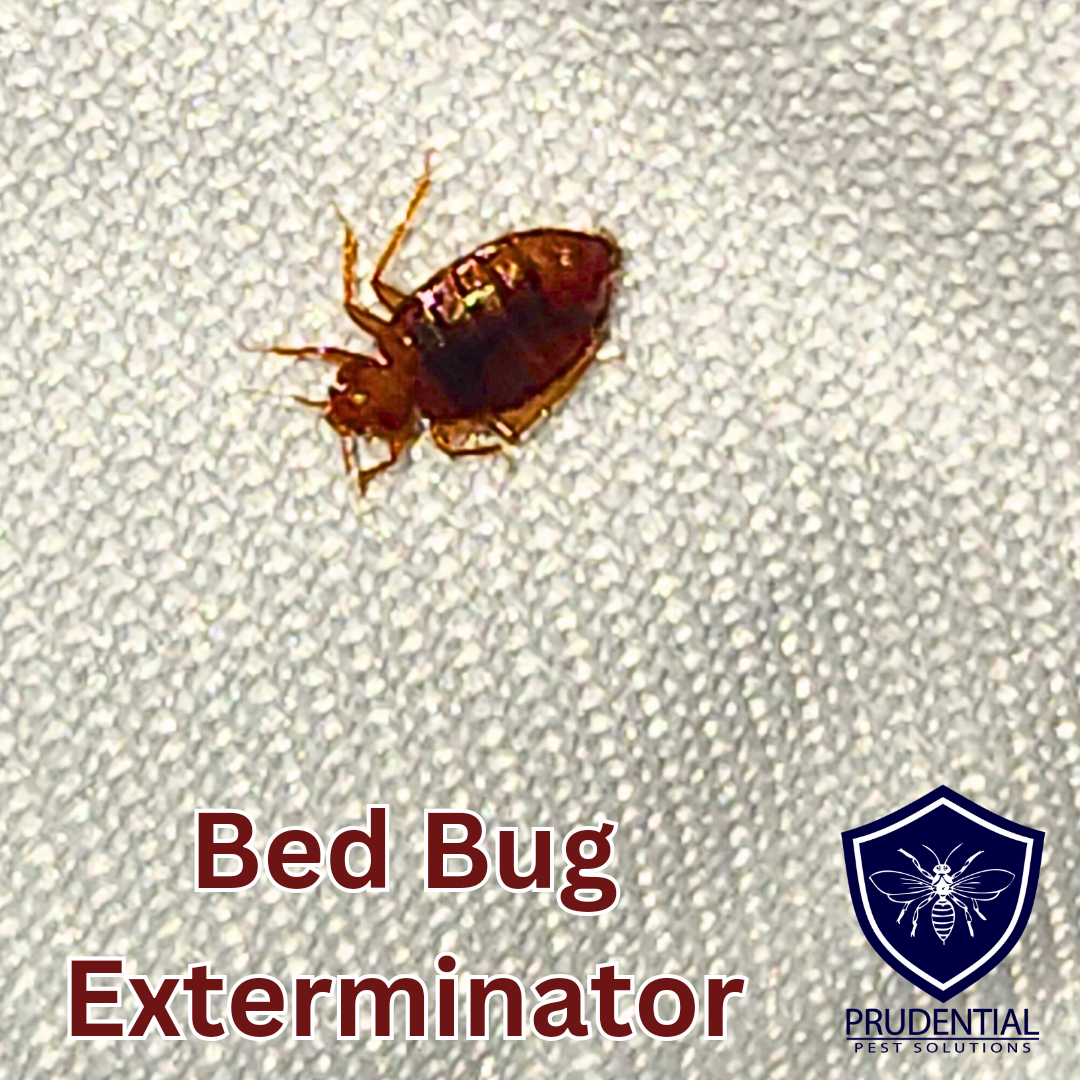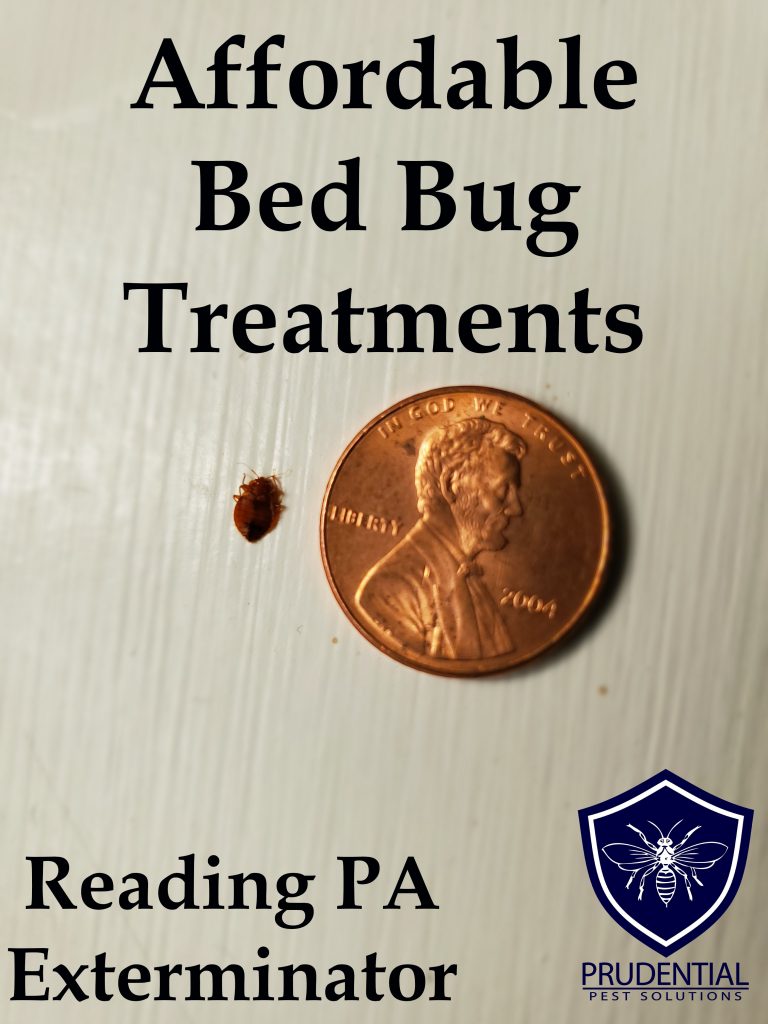Explore the Various Sorts Of Pest and Their Therapy Choices for Effective Management
The monitoring of pests in both household and farming settings demands a detailed understanding of the numerous types that can attack these atmospheres, as well as the therapy options readily available for efficient control. From house rodents that pose health and wellness risks to garden bugs that threaten plant yields, each group requires a customized method. Recognizing the nuances of parasite behavior and the equivalent remedies is essential; nevertheless, the inquiry remains: what are one of the most reliable techniques that not just address existing invasions but likewise protect against future occurrences?

Common Household Pests
Although home bugs can vary substantially in kind and actions, several share usual features that make them a nuisance. Usual house parasites consist of rats such as rats and mice, bugs like cockroaches and ants, and occasional invaders such as crawlers and flies. These parasites often thrive in environments that provide easy accessibility to shelter, water, and food, making homes particularly vulnerable.
Rodents, for example, are infamous for creating structural damage and spreading disease. They can nibble through electric cables, potentially leading to fire threats. Bugs like cockroaches are not just troubling but can additionally activate allergies and bronchial asthma in sensitive people. Ants, while commonly safe, can invade cooking areas, making food sources uninviting.
Efficient pest monitoring begins with avoidance, which includes securing entry points, keeping cleanliness, and making use of suitable storage space methods for food. Monitoring for indications of infestation is vital, as early detection can protect against much more substantial issues. When invasions take place, different control approaches exist, ranging from baits and traps to expert elimination services. Comprehending the behaviors and qualities of these typical household insects is essential for efficient monitoring and maintaining a healthy living atmosphere.
Yard Parasites and Their Influence
Yard parasites posture a significant threat to the health and productivity of plants, with some estimates suggesting that they can cause up to 40% of plant losses in particular areas. These parasites, that include bugs such as aphids, caterpillars, and beetles, as well as nematodes, can inflict extreme damages by eating plant cells, leading to stunted growth, reduced returns, and endangered high quality.
The effect of garden pests expands past simple aesthetic problems; they can interfere with environments by changing food chains, influencing pollinators, and spreading out diseases amongst plants. For circumstances, insects like the crawler mite can deteriorate plants, making them much more susceptible to fungal infections. Furthermore, intrusive types may outcompete indigenous flora, leading to biodiversity loss.
Effective monitoring techniques are essential to minimize these risks. Integrated Parasite Administration (IPM) techniques, which integrate organic control, cultural methods, and targeted chemical applications, can provide lasting solutions. Normal monitoring and early treatment are essential in preventing problems. bed bug heat treatment. By understanding the details pests and their habits, garden enthusiasts can execute targeted therapies that not just safeguard their plants yet also promote a much bed bug infestation healthier yard ecosystem.
Rats: Recognition and Threats
Rats prevail garden pests that can position considerable dangers to plant health and wellness and general ecological community security. These tiny creatures, consisting of varieties such as computer mice, rats, and voles, are usually recognized by their sharp incisor teeth and durable bodies. Their hair pigmentation differs commonly, ranging from grey to brownish, and they commonly show a lengthy tail which help in equilibrium and agility.
The dangers related to rodent infestations are multifaceted. Firstly, they can cause extensive damages to plants and yards by gnawing on stems, roots, and fruits, which can result in significant economic loss for garden enthusiasts and farmers. Secondly, rats are notorious for their role as vectors of numerous conditions, consisting of hantavirus and leptospirosis, which can be transmitted to animals and humans. Their droppings and pee can contaminate dirt and water sources, intensifying health threats.
In addition, rodents can interfere with the natural equilibrium of local ecosystems by contending with indigenous wildlife for sources. Their burrowing routines can lead to dirt erosion and destabilization of plant roots. Early recognition and understanding of rodent actions and risks are critical for effective bug management.
Effective Therapy Approaches
When managing rodent invasions, using effective treatment techniques is crucial for reducing damages and wellness threats. A multi-faceted method usually produces the ideal results. To start with, traps are an important element of rodent control. Snap traps and electronic traps offer a gentle and fast means to remove rats, while adhesive catches can aid monitor activity levels.
Secondly, lure terminals including rodenticides can be strategically positioned in locations of high rodent activity. These stations must be tamper-resistant to make sure the safety of non-target pets and kids. It is important to select the ideal bait kind, as rodents can develop lure aversion otherwise changed occasionally.
Along with catches and bait, securing entrance factors can substantially decrease the opportunities of re-infestation. This includes inspecting and fixing voids in walls, doors, and home windows.
Last but not least, expert parasite control services can be beneficial for substantial infestations. They possess the expertise, devices, and items required for efficient eradication and can establish a customized management rodent control company plan. By applying these treatment techniques, home proprietors can effectively attend to rodent concerns and protect their health and wellness and building.
Preventative Measures and Tips

Maintaining sanitation is equally important; guarantee that food is saved in impermeable containers and immediately tidy up spills or crumbs. Consistently taking care of rubbish and guaranteeing that compost heap are managed effectively can prevent insects from being brought in to your home.
Furthermore, consider landscape design practices that inhibit rodent habitation. Trim back plant life and keep mulch far from the foundation of your property, as these can give hiding places for bugs.
Conclusion
Efficient parasite monitoring demands a comprehensive understanding of various insect types and their particular treatment choices. Eventually, a positive stance on bug administration promotes a healthier atmosphere, protecting both agricultural and domestic rooms from pest-related obstacles.
Usual house bugs consist of rodents such as mice and rats, pests like roaches and ants, and periodic invaders such as spiders and flies.Rats are usual yard insects that can position significant threats to plant wellness and general environment stability. Very early recognition and understanding of rodent habits and risks are crucial for reliable bug management.
Effective pest monitoring starts long before an infestation takes place, with positive steps that can significantly lower the probability of rodent entrance and habitation.Reliable bug management demands a detailed understanding of various parasite types and their specific therapy options.
Comments on “Top Rated Pest Control Company in Arlington: Your First Choice for Pests”